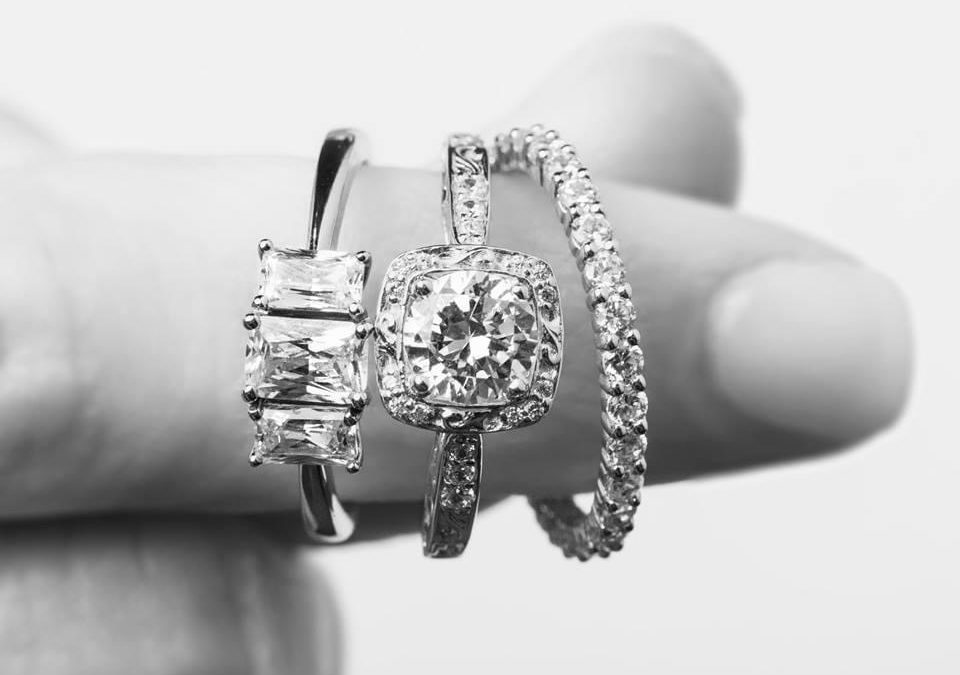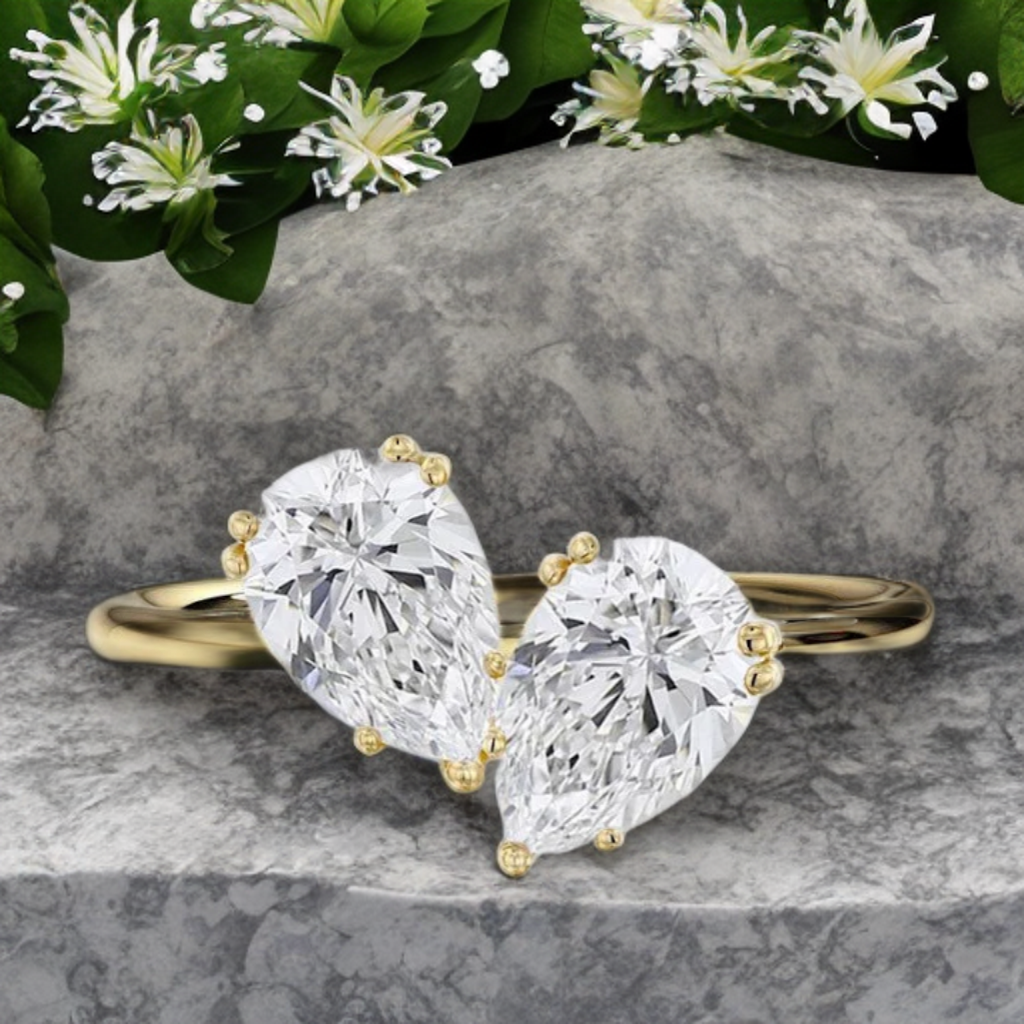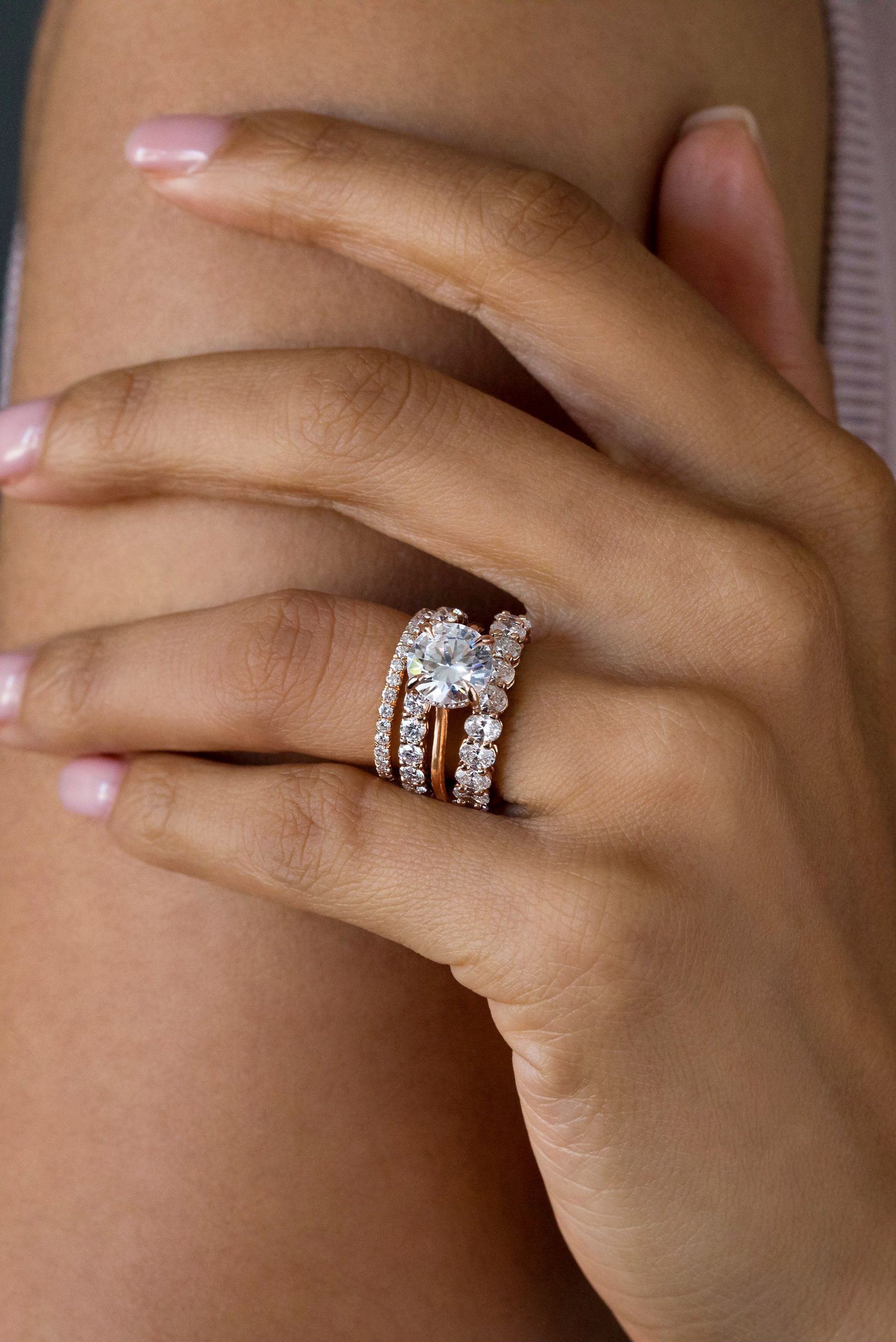Laboratory-grown diamond engagement rings are cost-effective, conflict-free, and environmentally friendly. These stones cost up to 80% less than natural diamonds. It is important to learn the ins and outs of how to check the quality of a lab diamond before purchasing online. Our lab-grown diamond guide explains the basics including the Four Cs and how to buy one online.
The Facts and Figures About Lab-Grown Diamonds
 Is it possible to tell that this 3 Carat Elongated Cushion Cut Diamond was grown in a lab? Lab-grown diamonds are no different from natural diamonds, but they cost much less. From The Art of Jewels
Is it possible to tell that this 3 Carat Elongated Cushion Cut Diamond was grown in a lab? Lab-grown diamonds are no different from natural diamonds, but they cost much less. From The Art of Jewels
Lab-grown diamonds are created in a laboratory instead of being mined like natural diamonds and are the same in appearance and quality. Diamonds grown in laboratories are real diamonds, unlike their simulants like cubic zirconia or moissanite. The chemical composition and structure of lab diamonds are the same as natural diamonds, making them beautiful gems.
There are two main methods of growing lab-grown diamonds: High Pressure/High Temperature (HPHT) and Chemical Vapor Deposition (CVD). Traditionally, diamonds are grown from carbon using High-Pressure, High-Temperature (HPHT) apparatuses that mimic the high-pressure, high-temperature conditions in which natural diamonds are formed.
(HPHT) involves the placement of diamond seeds into pure carbon, usually graphite. A chamber is then placed around it, surrounded by immense pressure and temperature. A temperature of over 2,000 °F and a pressure of over 1.5 million psi is used to create HPHT diamonds. As a result, the carbon atoms melt around the diamond seed, causing it to change its structure. Diamond crystals begin to form after the seed has been cooled.
In the newer method, Chemical Vapor Deposition (CVD), carbon-containing gas is injected into a vacuum chamber and crystallizes on a synthetic diamond seed. Compared to HPHT, this method uses lower temperatures and pressures.
A diamond seed is used in CVD as well. In addition to natural diamond seeds, HPHT diamond seeds, and CVD diamond seeds are also possible. When producing lab diamonds, it is important to start with diamond seeds from high-quality stones.
Diamond seeds used in CVD diamonds are only Type II diamond seeds. Diamonds with Type II seeds make up 3% of the world’s natural diamonds. The majority are Type I diamond seeds. Diamonds of Type II don’t have any nitrogen impurities, so they’re completely colorless and don’t require further treatment.
An expert cutter cuts and polishes the diamond seed before it is put in the vacuum chamber. You can put multiple diamond seed slices in at once. The chamber is then filled with carbon-rich gases, such as hydrogen and methane, once the slices are sealed. Low pressure and high temperature are used to heat the mixture inside the chamber.
The growth of diamonds takes several days to weeks using both methods. It takes millions of years for diamonds to form in nature. Normally, low-pressure heating deep in the earth couldn’t produce diamonds of gem quality. It would instead be graphite or some other form of carbon. CVD, however, converts some hydrogen into atomic hydrogen. The best environment for diamond growth is atomic hydrogen. Once the CVD diamond has cooled, it starts growing a diamond crystal, just like HPHT diamonds. Since lab-grown diamonds are made in a lab instead of being mined from the earth, they are guaranteed to be conflict-free and environmentally friendly.
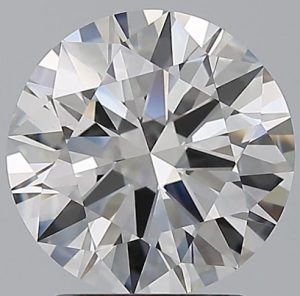 |
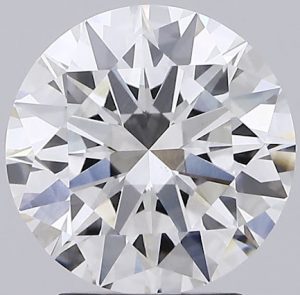 |
| Natural | Lab Diamond |
Diamonds that are grown in a laboratory: a cost estimate
These two diamonds both weigh around 2.50 carats, are F color, have VVS2 clarity, and have a supercut. The natural diamond costs $47,721 from Rare Carat, while a lab-made diamond costs $2,058 from The Art of Jewels.
The quality and appearance of lab-grown diamonds are similar to those of natural diamonds, but they tend to be up to 80% percent less expensive. A lab-grown diamond is also priced based on its properties, just like a natural diamond. In general, laboratory-grown diamonds with higher ratings for cut, color, and clarity will cost more, but will still be up to 80% less.
Lab-grown diamonds are the best choice for a large diamond for an engagement ring or a statement piece of jewelry.
The only reason the price of natural diamonds is high is it is a monopoly by DeBeers who controls the price, making the price of natural diamonds basically artificial and natural diamonds with little value for resale or investment, so one cannot question the resale value of a lab diamond, without question the resale value of a natural one.
What is the process of grading lab-grown diamonds?
Just like Natural diamonds, it is also possible for diamonds grown in laboratories to have flaws. As lab-grown diamonds were created by humans, shouldn’t they be perfect? This isn’t the case. Diamonds grown in a lab aren’t perfect, despite being carefully monitored and nurtured. Laboratory-grown diamonds are created under conditions similar to those that form natural diamonds on Earth. It is impossible to perfect a diamond during either process of its growth.
A laboratory-grown diamond can be affected by inclusions, which can affect its clarity grade. It is common for diamonds to have tiny flaws as they grow. It is possible for diamonds to have these flaws because they are twisted or distorted after they are formed from foreign materials (water, gas, or minerals). Because diamonds are formed under high pressure, tiny cracks may also appear during formation.
It is possible to color lab-grown diamonds as well, and these diamonds are much more affordable than fancy-colored natural diamonds. A lab can produce diamonds in a variety of colors, including yellow, brown, blue, pink, red, and so on. Lab-grown diamonds are graded according to their color, just like natural diamonds.
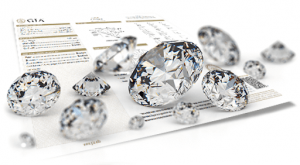 A guide to identifying and grading laboratory-grown diamonds
A guide to identifying and grading laboratory-grown diamonds
In the same way that natural diamonds receive grading reports, lab-grown diamonds can as well. Several factors affect the performance of lab-grown diamonds, including their cut, color, and clarity. If you plan to buy a diamond online, you should evaluate these properties.
Lab-grown diamonds are graded by a number of major gem labs including The Gem Certification and Assurance Lab (GCAL), the Gemological Institute of America (GIA), the International Gemological Institute (IGI), HRD Antwerp, and the Gem Certification and Assurance Lab (GCAL).).
While the GIA has been grading lab-grown diamonds since 2007, its reports have changed in recent years. There used to be ranges of clarity and color on GIA reports for lab-grown diamonds. In place of VS1, the clarity range should be near colorless, and the color range should be near colorless.
Diamond grading reports by the GIA grade both lab-grown and natural diamonds by the same grading system.
Online lab-grown diamond purchases
Online purchases of lab-grown diamonds are very similar to those of natural diamonds. Make sure you understand the properties of the diamond before you purchase it. The measurements, color, and clarity of a diamond can be found in detailed information provided by a reputable online retailer.
Don’t forget to include a grading report with your diamond! Lab-grown diamonds are often graded by the IGI, GIA, HRD, and GCAL.
Conclusion
An alternative to natural diamonds, lab-grown diamonds are modern and cost-effective. They are a perfect choice when you are seeking a real diamond at a fraction of the cost. For more on lab-grown diamonds, visit our blog.


